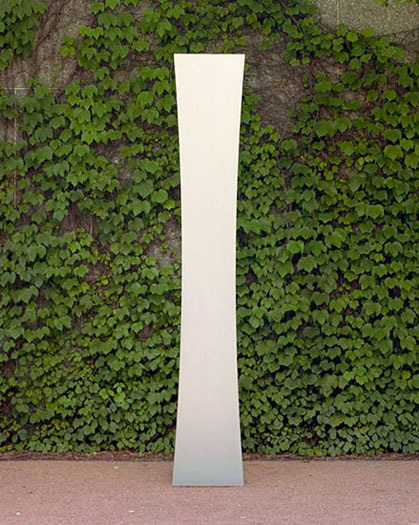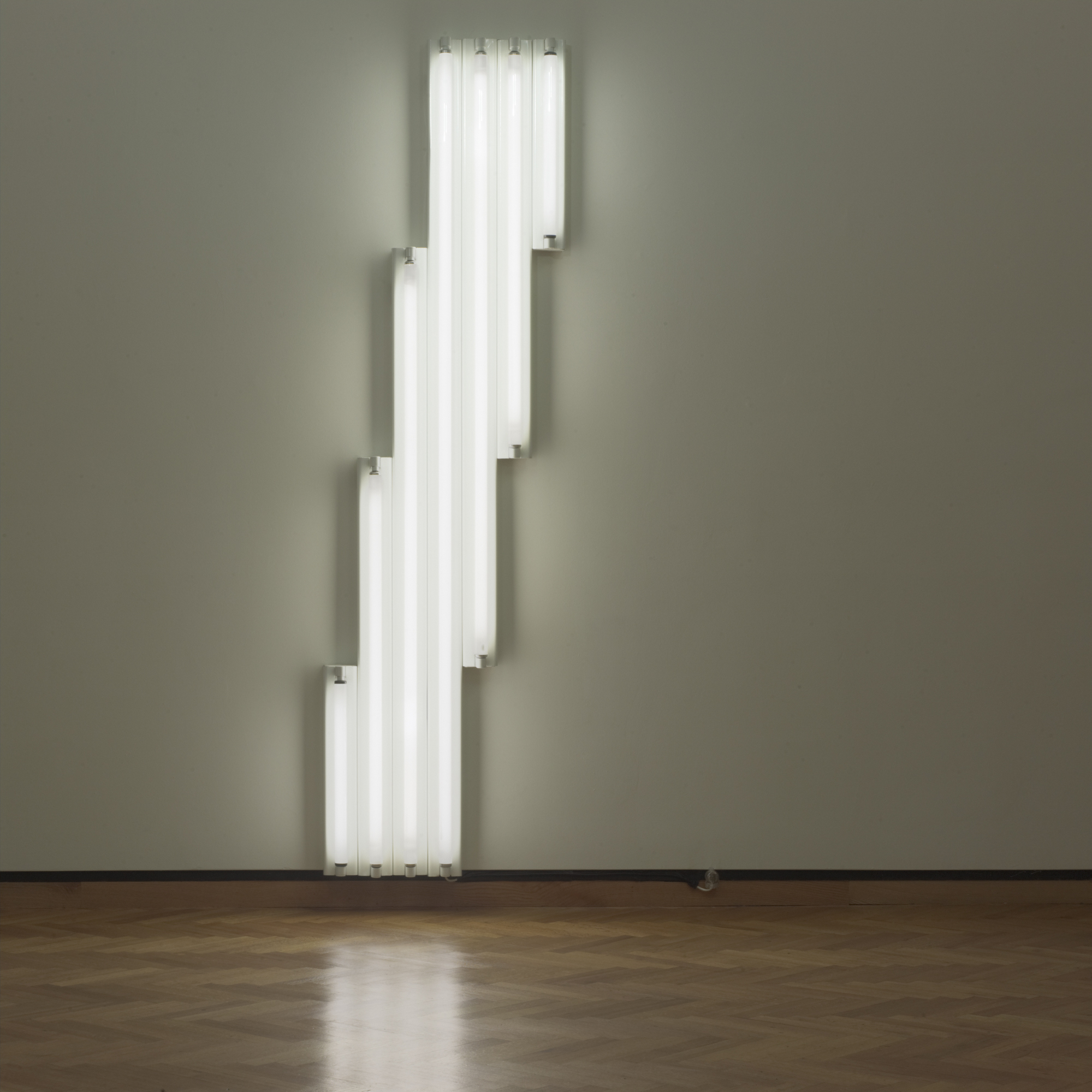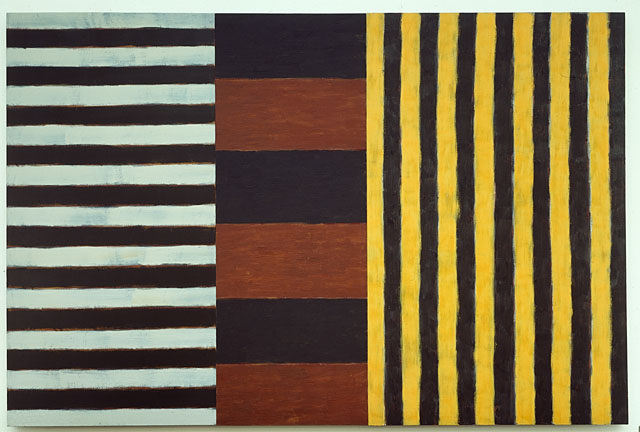In 1964 Dan Flavin conceived his most sustained series of light sculptures, which he termed "pseudo-monuments," to honor the artist Vladimir Tatlin (1885-1953), an innovator of the Russia avant-garde who dreamed of combining artistry and engineering. Realized from commercially available fluorescent light fixtures--each able to provide 2,100 hours of temporary illumination--these sculptures put an ironic twist on the more traditional, timeless concept of the monument. They also serve as a comment on the influence of the modern technology on art history, which Tatlin could only have imagined.


